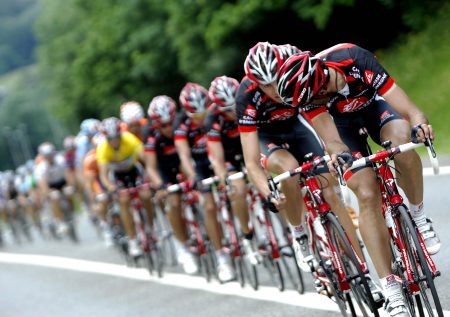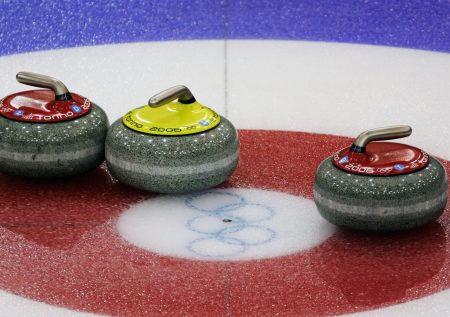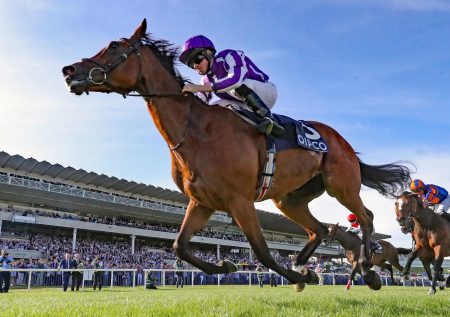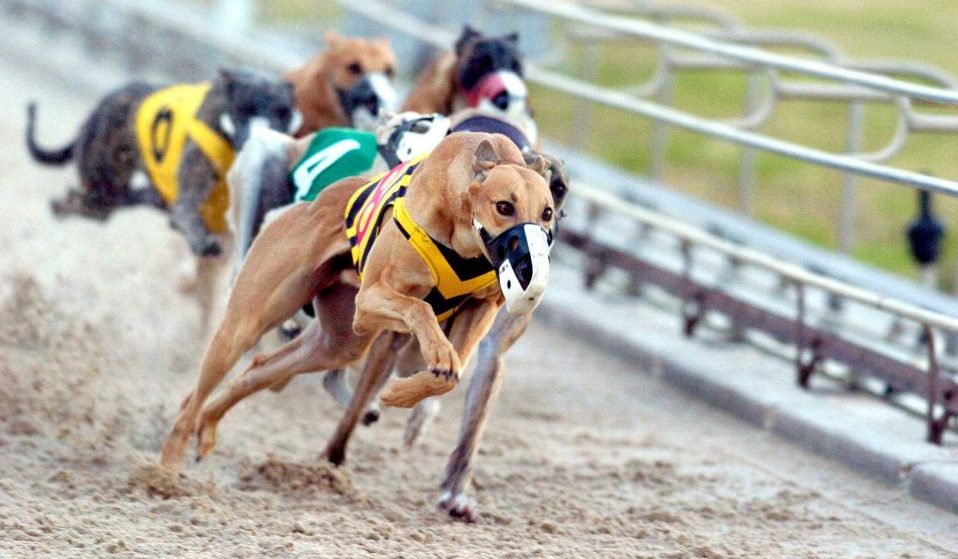
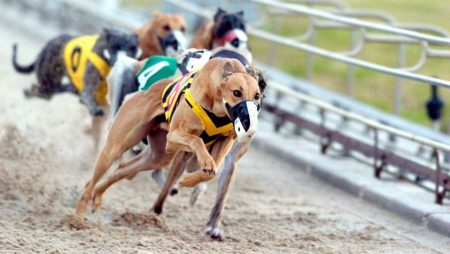
The United Kingdom is probably the leader in the popularity of these competitions. More than 50,000 races are held there annually, and the volume of greyhound racing betting is only outpaced by football and horse racing. Greyhound racing is also popular in Australia, Ireland, the USA and other countries. For historical reasons, interest in these spectacular kind of sports was stirred up by money. Therefore, in the modern world, online bookmakers cannot ignore greyhound racing. This kind of sport is not very popular in Russia; nevertheless, some people are very interested in betting on it. In this article, we will explain the basics and fundamentals that a bettor needs to pay attention to, and also give small tips for correct greyhound racing betting.
How did Greyhound Racing Appear?
The instinct for pursuit and hunting is natural in greyhounds. Hunting became an expensive and aristocratic occupation over time. Besides, it was banned in some countries. England became the founder of a new sport organising specific competitions and monetising the greyhound and other hunting dog breeds that have a natural urge to chase.
Field testing of hunting dogs with bait was therefore transformed into modern greyhound racing. The living target in the form of a fox or a rabbit has been replaced with a mechanical hare. At the beginning of the 20th century, a circle or oval became the optimal path for a modernised model of a mechanical hare. Consequently, the tracks that greyhound racings were held on came to life. In 1926, the British Hounds Association was established in Manchester. The chance to earn money by betting on one of the greyhounds attracted more and more spectators to the races. The popularity of greyhound racing spread throughout the United Kingdom. In 1927, more than 40 tracks had already been built there.
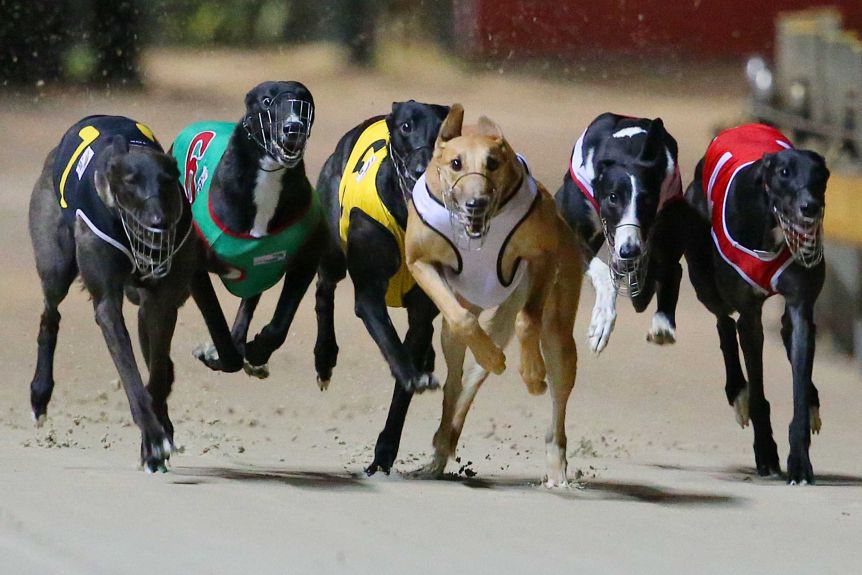
Greyhound Racing Rules
The essence of the competition is simple. Six greyhounds run after a mechanical hare on the oval track. The greyhound The essence of the competition is simple. 6 greyhounds chase a mechanical hare on the oval track. The greyhound who crosses the finish line first is the winner. In order to decide the results of the race, the judges use a photo finish, where the dog’s nose is taken into account, and the position of the paws does not matter. Prizes are awarded for the top three places.
The dogs start from 6 numbered boxes, which are called ‘traps’ in English terminology. The boxes (or traps) are numbered from 1 to 6 starting from the inside of the track. The numbers of the traps are painted in different colours: the 1st is red, the 2nd is blue, the 3rd is white, the 4th is black, the 5th is orange and the 6th is black and white striped.
The distribution of dogs in traps is important. It is determined by taking into account the qualities of a particular dog, based on its way of running. Some dogs are used to running closer to the inside of the track, others are in the middle, and others run on the outside of the track. If a greyhound, which is used to running along the outside of the track, runs out of the 1st box, then, trying to take its usual place as it runs, it will cross the path of other dogs. The same thing happens if a greyhound, which is used to running closer to the inside of the track, starts from the 6th box. This should be taken into account.
Race Classification and Categories
Greyhound races are held at various distances. Races can have different difficulty levels (with obstacles) and are divided into classes.
A class is the most common type of races at a distance of 380 to 520 m.
This popular class is subdivided into subclasses as follows:
- A1 to A3 are the top races with an average speed of 39 miles per hour.
- A4 to A6 are the middle class races with an average speed of about 38 miles per hour.
- A7 to A11 are the lowest class races with an average speed of 35-37 miles per hour.
- D class is a minimum distance race or sprint (200 to 300 m).
- S, M, I, E classes are races for stayers with the distances from 575 to 1,800 m.
- H class is an obstacle race.
- HP class is a kind of race with a handicap.
- OR class is an open competition where participants from other cities or societies are invited to take part.
- T class is a trial or test race without betting.
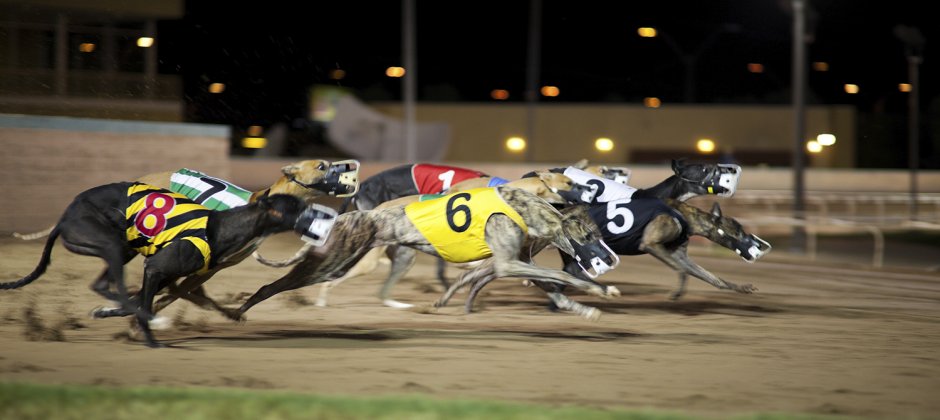
Types of Greyhound Bets
Nowadays, bookmakers do not offer a variety of greyhound bets. They mainly offer bets on the winner of the race and long-term bets on the winner of the competition.
However, it is likely that Russian bookmakers will soon start accepting bets similar to their Western counterparts, that is, on all markets typical for such competitions.
What Markets are Typical for Greyhound Racing?
Based on other similar competitive processes, it would be a fair guess that the various combinations of the finish line would be as follows: the winner of the race, the award-winning place (first to third), the first or the second place, whether the dog will take the first place or not, the exact location of the first three, who will take the first and the second place and other special bets.
How to Bet on Greyhound Racing: Pre-Race Analysis Strategy
The main aThe main advantage of greyhound racing betting is the integrity and honesty in running races. It is impossible to bribe a greyhound or make a bargain with it. The human factor is minimized. There is of course a rider in the horse races, but for greyhound racing there is no human influence. The human factor is reduced only to the organisation of competitions. There is also doping tests at official competitions. As a result, it all depends on the abilities of the hound and its readiness.
How can a bettor identify favourites in greyhound racing? What selection criteria work in these seemingly exotic competitions?
Distance and Race Classes
Everything is true to life here. Dogs specialise in a certain distances, just like humans in athletics. Accordingly, they are favourites for each profile distance, although they are often involved in other races. A bettor should determine whether it is a profile distance for their own dog. In addition to this, it is necessary to determine the specifics of the race. Are the conditions suitable for your dog? Which rivals will your dog have to compete with?
Trap Number
In mosIn most cases, the organisers take the characteristics of the dog into account and its preferences to start in a specific trap. Bettors, for their part, should weigh up whether a greyhound is going to start in its position relative to the inside of the track. Perhaps, for some reason, the organisers have not put the dog in its usual trap.
Intervals Between Races
Every living being needs rest to recover. It is in the trainer’s best interest to determine how ready their dog is for a particular race. Trainers also need to sense when their dogs are at the top of their game. Experienced bettors following certain competitors will also be able to tell when a dog is in its best shape. In most cases, trainers give their dogs a break after 3-7 races.
Additional Terms
The weather can also affect the result of the races, just like in any other sports. No wonder the bookmakers broadcast weather conditions at the time of the competition. The ideal conditions for the track in good weather conditions are beneficial for the favourites. Adverse conditions or any force majeure, in most cases, can even out the odds and increase the chances of the underdogs. Therefore, forecasts for greyhound races can also change depending on the weather conditions.
Usually in greyhound races betting, a bettor has an advantage if they are competent and possess more information about a particular dog than a bookmaker. The profile knowledge of the bettors allows determining real balance of power by comparing all this information with the assessment of the bookmaker.


